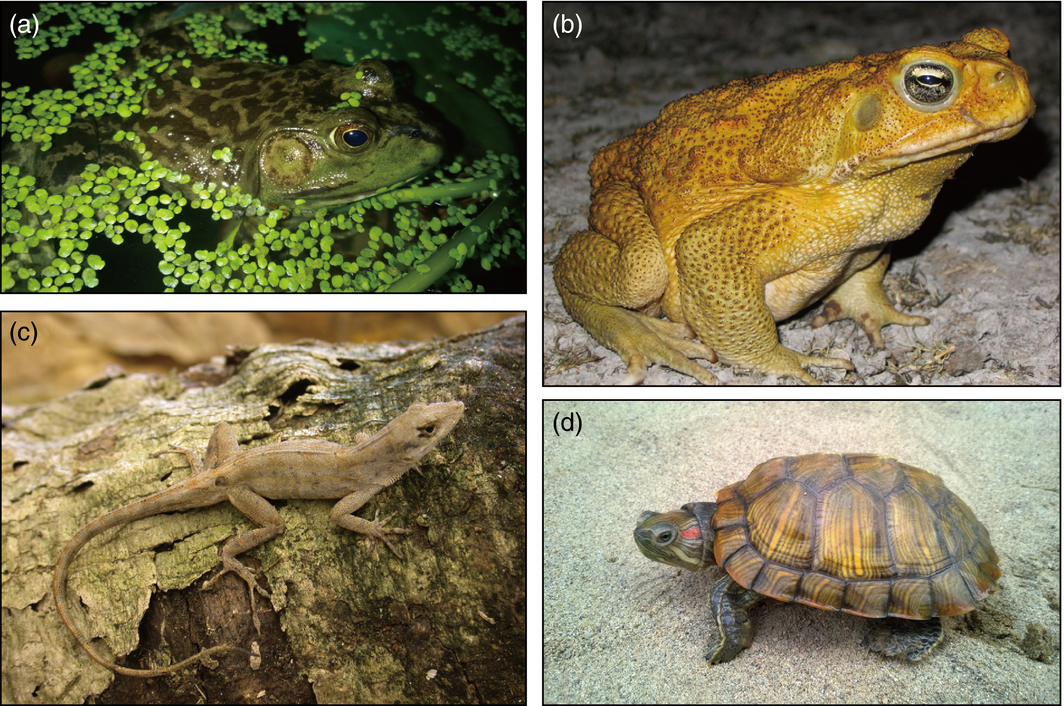
Delivering On Science’s Social Contract – Guest Post
By Jane Lubchenco, Department of Integrative Biology, Oregon State University, Corvallis, OR This article has been republished with permission from the Michigan Journal of Sustainability. 5(1) 2017 DOI: 10.3998/mjs.12333712.0005.106 As an environmental scientist, I think about the questions that you have been discussing today in light of my own experiences in the world of science, engagement, management, policy and public understanding….










